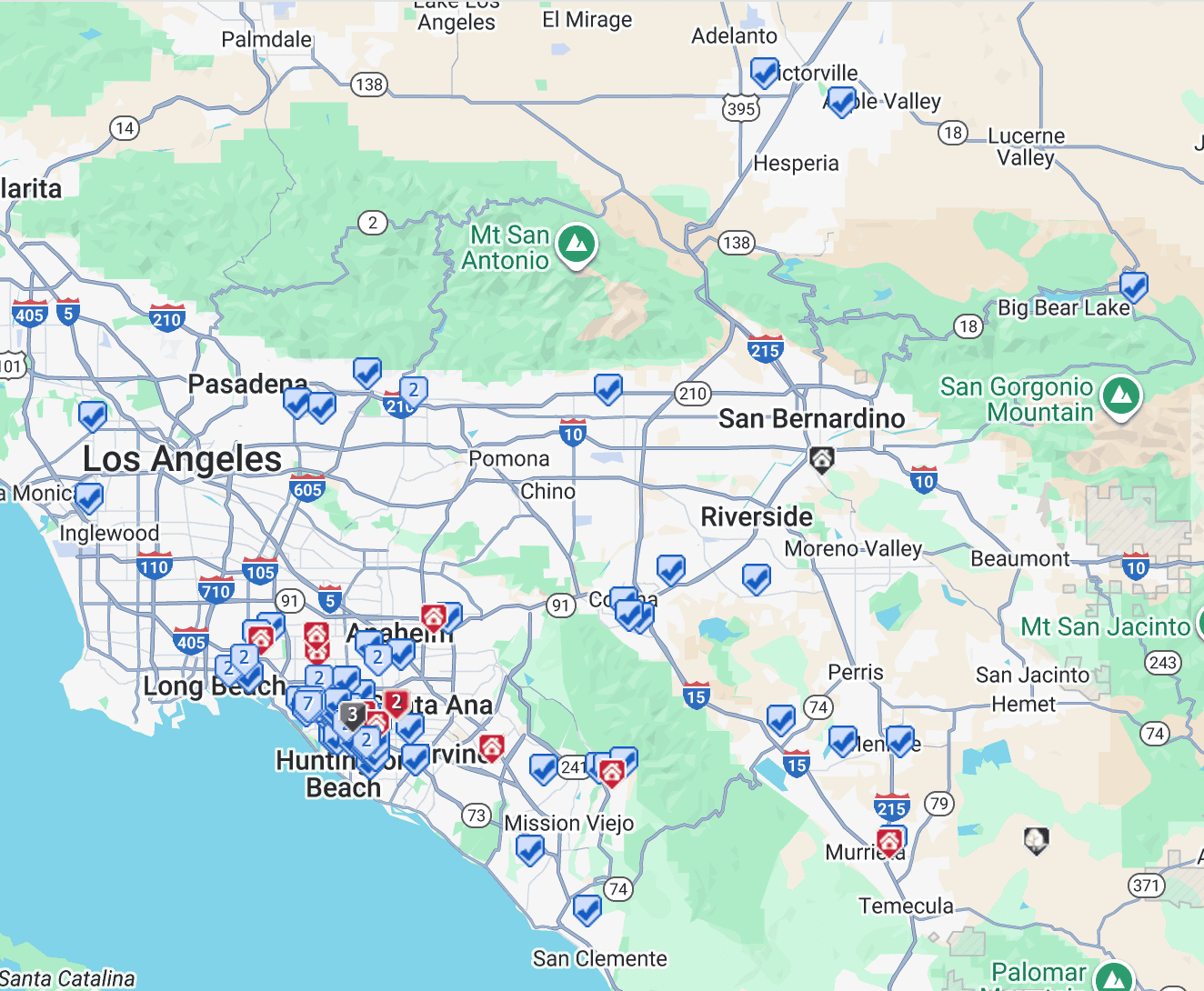
Selling a property as a trustee in California can feel overwhelming, especially when it’s your parents’ home. As a trustee, you’re tasked with managing the trust’s assets responsibly, ensuring compliance with California law, and acting in the best interests of the beneficiaries. This guide walks you through the process step-by-step, offering practical tips to navigate legal, financial and tax considerations while adhering to the terms of the trust.
Step 1: Confirm Your Authority as Trustee
Your first task is to verify your role and powers. Review the trust document to confirm you’re the successor trustee and check if it explicitly grants you authority to sell the property. Most trusts allow this, but some include restrictions, like needing beneficiary consent.
- Action Item: If your parents have passed, file an Affidavit of Death of Trustee with the county recorder, along with their death certificate, to establish your authority.
- Tip: Ensure the property’s title is in the trust’s name (e.g., “Jane Doe, Trustee of the Doe Trust”). If not, consult an estate attorney to correct it.
Step 2: Understand Your Fiduciary Duties
As a trustee, you have a legal obligation to act in the beneficiaries’ best interests, avoid conflicts of interest, and manage the trust transparently. Selling the property below market value or to a related party could be seen as a breach of duty, exposing you to liability.
- Action Item: Keep detailed records of all decisions, communications, and transactions. California Probate Code Sections 16062-16064 may require you to provide an accounting to beneficiaries. We provide free software for this purpose. Reach out to us for the access code.
- Tip: Avoid commingling trust funds with personal accounts to maintain transparency.
Step 3: Notify Beneficiaries
Check the trust for any requirements to notify or seek consent from beneficiaries before selling. While California law generally allows trustees to sell without approval, notifying beneficiaries can prevent disputes.
- Action Item: Consider sending a Notice of Proposed Action (per California Probate Code Sections 16500-16504) to inform beneficiaries of the sale. They can object, but you may proceed unless they seek court intervention.
- Tip: Open communication with beneficiaries can reduce tension, especially if some are emotionally attached to the property.
Step 4: Address Debts and Liens
Before selling, settle any trust obligations, such as your parents’ final debts or taxes. If the property must be sold to cover these, prioritize this step.
- Action Item: Contact the lender to confirm any outstanding mortgage and ensure compliance with the Garn-St Germain Act, which provides flexibility for inherited properties.
- Tip: Check for liens or encumbrances on the property through the title company to avoid surprises during the sale.
Step 5: Get a Professional Appraisal
An appraisal establishes the property’s fair market value, ensuring you set a fair asking price and protecting you from claims of underselling.
- Action Item: Hire a licensed appraiser to determine the value, which also sets the stepped-up basis for tax purposes (the value at the time of your parents’ death).
- Tip: A stepped-up basis minimizes capital gains tax if the property is sold soon after inheritance.
Step 6: Prepare the Property for Sale
A well-maintained property attracts better offers and sells faster. Address repairs, consider staging, and ensure the home is market-ready.
- Action Item: Hire a real estate agent experienced in trust sales to handle marketing and negotiations. They can also coordinate with the title company to verify trust documentation.
- Tip: Balance repair costs with your fiduciary duty to maximize value for beneficiaries.
Step 7: Market and Sell the Property
Work with your agent to list the property, review offers, and negotiate terms. Ensure the sale price aligns with the appraisal to avoid fiduciary issues.
- Action Item: Deposit sale proceeds into a trust-owned bank account, not a personal one. The title company will require trust documents to transfer the deed.
- Tip: Evaluate offers based on market value and beneficiary interests, not personal preferences.
Step 8: Navigate Tax Implications
Selling a trust property triggers tax considerations, particularly capital gains and property taxes.
- Capital Gains Tax: The taxable gain is the difference between the sale price and the stepped-up basis. For example, if the property was valued at $700,000 at death and sold for $750,000, the $50,000 gain is taxable, split among beneficiaries.
- Property Tax Reassessment: Under California’s Proposition 19 (effective 2021), selling or transferring the property may trigger reassessment unless it’s a primary residence for a beneficiary. File a Claim for Reassessment Exclusion (Form BOE-58-AH) if applicable.
- Action Item: Consult a tax professional to file trust tax forms (e.g., IRS Form 1041) and explore exemptions.
- Tip: Spouses or beneficiaries living in the home may qualify for tax exclusions, so clarify occupancy status.
Step 9: Distribute Proceeds
Follow the trust’s instructions for distributing sale proceeds, whether in equal shares or specific allocations. Settle any remaining trust debts first.
- Action Item: Document all distributions to ensure transparency and compliance with California law.
- Tip: If the trust specifies a “specific gift” of the property to a beneficiary, you may need their consent or court approval to sell.
Step 10: Work with Professionals
The complexity of trust sales makes professional guidance essential.
- Estate Planning Attorney: Ensures compliance with trust terms and California law.
- Tax Advisor: Handles capital gains, property taxes, and trust filings.
- Real Estate Agent: Maximizes sale value and navigates trust-specific requirements.
- Action Item: Engage a title company to verify trust documentation and facilitate a smooth transfer.
- Tip: Choose professionals familiar with California trust sales to avoid costly mistakes.
Common Pitfalls to Avoid
- Selling below market value without justification.
- Ignoring beneficiary notification or trust terms.
- Commingling trust and personal funds.
- Overlooking tax obligations or Proposition 19 reassessments.
- Skipping professional advice, risking disputes or liability.
- Top 10 Problems When Selling a House as a Successor Trustee in California
Final Thoughts
Selling a property as a trustee is a significant responsibility, but with careful planning and professional support, you can navigate the process smoothly. By following the trust’s terms, communicating with beneficiaries, and addressing legal and tax requirements, you’ll fulfill your fiduciary duties and ensure a fair outcome for all.
Every trust is unique, and local laws can significantly impact the process. If you need any help or guidance do not hesitate to reach out. Simply send us a message or book an appointment.








